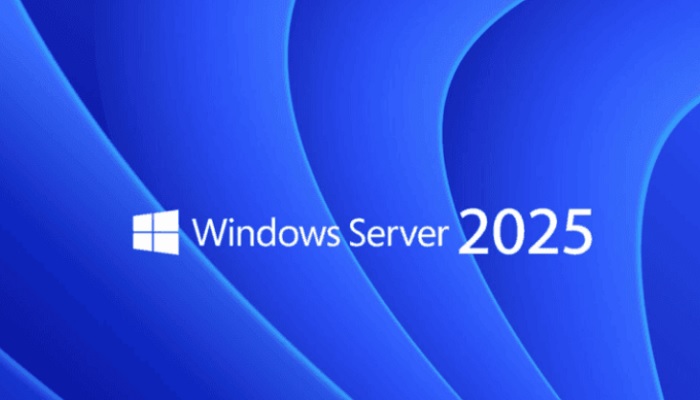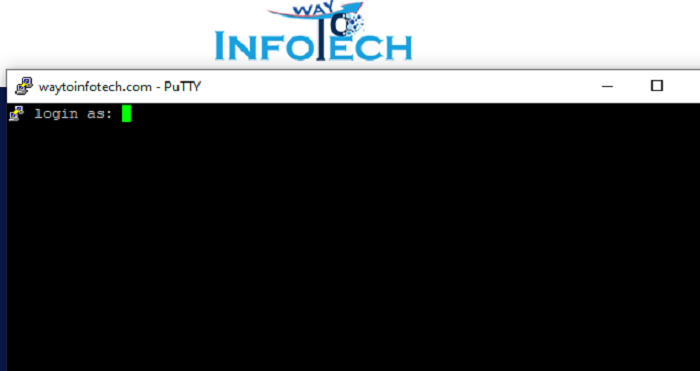Microsoft’s latest server OS, Windows Server 2025, is packed with new features and performance improvements. Whether you're setting it up for a lab, a production environment, or just testing, this guide will walk you through the installation process—complete with screenshots and helpful tips. 🖥️ ...
How to Upgrade from Windows 10 to Windows 11: A Simple Step-by-Step Guide Thinking of making the jump from Windows 10 to Windows 11? You're not alone. Microsoft’s latest operating system brings a sleek new design, improved security features, and better performance. The good news? Upgrading is free ...
Windows 10: What Does End of Support Mean? Microsoft has declared that Windows 10 will be supported till 14th October 2025. This is when the O/S will stop getting security updates, fixes, and support from MS. If you are still using Windows 10 — at home or at your place of work — it’s time it starte...
Managing Active Directory (AD) is crucial for maintaining a healthy and functional Windows environment in any organization. One of the critical aspects of AD management is understanding and monitoring the Tombstone Lifetime. In Active Directory, the Tombstone Lifetime determines how long deleted obj...
What are SSH Keys?SSH keys are a cryptographic duo consisting of a public key and a private key. The public key resides on the remote server you're connecting to, while the private key stays securely on your local machine. During login, PuTTY uses the private key to encrypt a message, and the rem...
An MX record, or Mail Exchanger record, is a vital part of your domain's configuration. It directs incoming emails to the correct mail server for your domain. If you're managing your own DNS server using Windows Server, creating MX records is a straightforward process. This guide will walk you throu...
1 - 6 of ( 24 ) records





